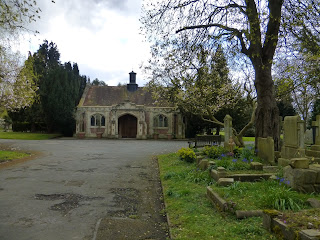Visited July 2016
I've previously posted some photos of this London park, from a visit in 2009. Although I visit it reasonably regularly, this time I stopped to take more photos.
Since my last set of photos, one new tile has been added to the Memorial to Heroic Self-Sacrifice, the first in many years. It's to Leigh Pitt, who died in 2007, and was added in 2009. It's the first new tablet to be added to the wall in almost 80 years, but has been added in such a similar style to the original tiles that you'd be hard pushed to notice at first glance that it's not from the early 20th century. The other two photos show earlier tiles, which are in exactly the same style, with the same borders, as the Royal Doulton produced tablets of 1908.
 |
| The memorial tablet for Leigh Pitt |

















































